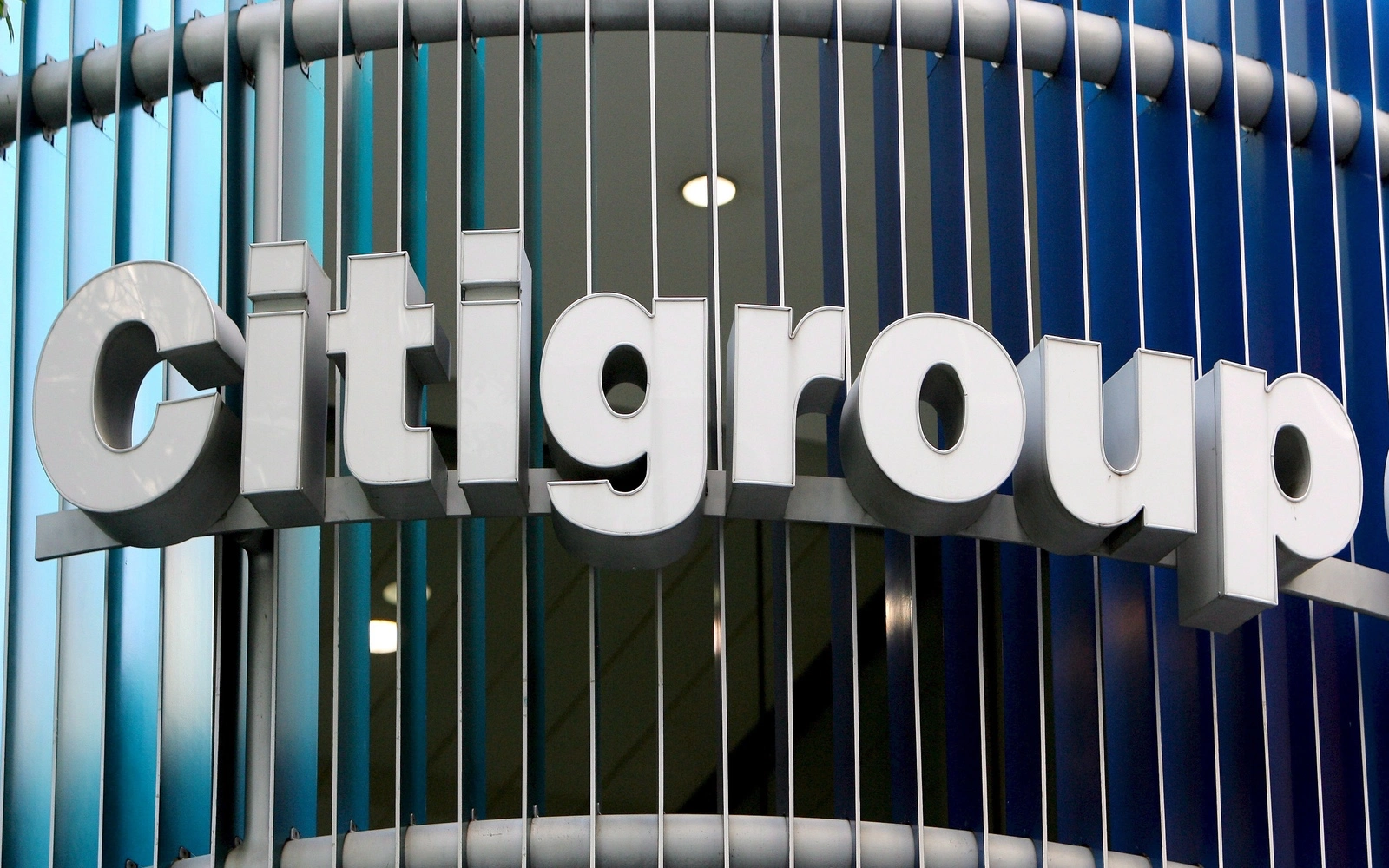In the world of banking, errors happen. But when the mistake involves $81 trillion, it raises serious concerns. Citigroup, one of the largest financial institutions in the U.S., recently made headlines for mistakenly crediting a customer’s account with an astronomical sum—far beyond the entire U.S. economy. Though the error was caught and reversed before any real damage occurred, the incident has exposed major flaws in the bank’s internal controls, raising fresh doubts about Citigroup’s operational oversight and technological safeguards.
How Did an $81 Trillion Mistake Happen?
The blunder originated in April 2024 when Citigroup attempted to transfer $280 into a customer’s escrow account in Brazil. The transaction went through an outdated program that automatically populated a field with 15 zeros. The employee handling the transaction failed to remove them, causing the sum to balloon to $81 trillion.
Shockingly, the mistake passed through multiple approval layers without detection. It wasn’t until a third employee spotted the discrepancy—90 minutes after processing—that the transaction was flagged. Several hours later, it was reversed. No funds left the bank, but the incident highlights a troubling gap in Citigroup’s risk management framework.
A Pattern of Costly Mistakes
This isn’t the first time Citigroup has made an embarrassing and costly transaction error. The bank has a history of operational missteps:
- 2020: A $900 million mistaken transfer to Revlon creditors due to human error and outdated technology. Some recipients refused to return the money, leading to legal battles.
- 2022: A trader mistakenly added an extra zero to a trade, triggering a flash crash in European markets and resulting in regulatory fines.
- 2024: Ten near-miss transactions exceeding $1 billion each, suggesting a recurring issue with internal controls.
These incidents have led to regulatory scrutiny. Citigroup has faced significant penalties, including a $400 million fine in 2020 for risk management failures and an additional $136 million fine in 2023 for failing to address these problems. British regulators also fined the bank $79 million for the 2022 flash crash error.
System Failures and Regulatory Pressure
The $81 trillion error underscores the risks of legacy banking systems that require heavy manual intervention. Despite Citigroup’s investment in technology upgrades, this mistake slipped through multiple layers of review before it was caught. The delay in detecting such an obviously incorrect transaction suggests that the bank’s compliance systems remain inadequate.
Regulators have taken notice. The Federal Reserve and the Office of the Comptroller of the Currency (OCC) were informed of the incident, adding to Citigroup’s already strained relationship with oversight agencies. In July 2024, the bank was fined $135.6 million for failing to meet regulatory expectations—a sign that authorities are losing patience with its slow progress.
Even political figures are weighing in. Senator Elizabeth Warren has urged regulators to impose stricter controls on Citigroup, arguing that it may be “too big to manage.” If regulatory pressure intensifies, the bank could face even tougher restrictions, including limits on its ability to expand operations.
Can CEO Jane Fraser Fix It?
Since taking over in 2021, CEO Jane Fraser has made modernizing Citigroup’s systems a top priority. The bank has poured billions into a transformation initiative aimed at fixing compliance and risk management gaps.
Citigroup has dedicated around 12,000 employees to these reforms, with a focus on improving data governance and modernizing outdated infrastructure. The bank also appointed Tim Ryan, its head of technology, to oversee critical compliance improvements alongside Anand Selva, a senior banking executive. Despite these efforts, the latest blunder raises doubts about how much progress has truly been made.
The Bigger Picture: What This Means for the Banking Industry
Citigroup’s $81 trillion mistake is more than just a corporate embarrassment—it’s a cautionary tale for the entire financial sector. As banks handle increasingly complex transactions at high volumes, outdated systems and human errors can lead to catastrophic consequences.
This incident also raises broader questions: Are existing banking controls sufficient to prevent large-scale errors? Are legacy systems still fit for purpose in today’s digital world? And how much responsibility should regulators bear in ensuring banks fix these weaknesses before they lead to actual financial losses?
Final Thoughts
While no money was lost, Citigroup’s latest blunder has left a lasting mark on its reputation. The bank’s ongoing struggles with operational risk management suggest that its journey toward stability is far from over. As regulators, investors, and customers watch closely, Citigroup must prove that it can finally get its internal controls right.
For the broader financial industry, this incident is a reminder that even the most sophisticated banks are vulnerable to human error and outdated technology. If Citigroup, with all its resources, can make an $81 trillion mistake, what’s stopping it from happening elsewhere?



